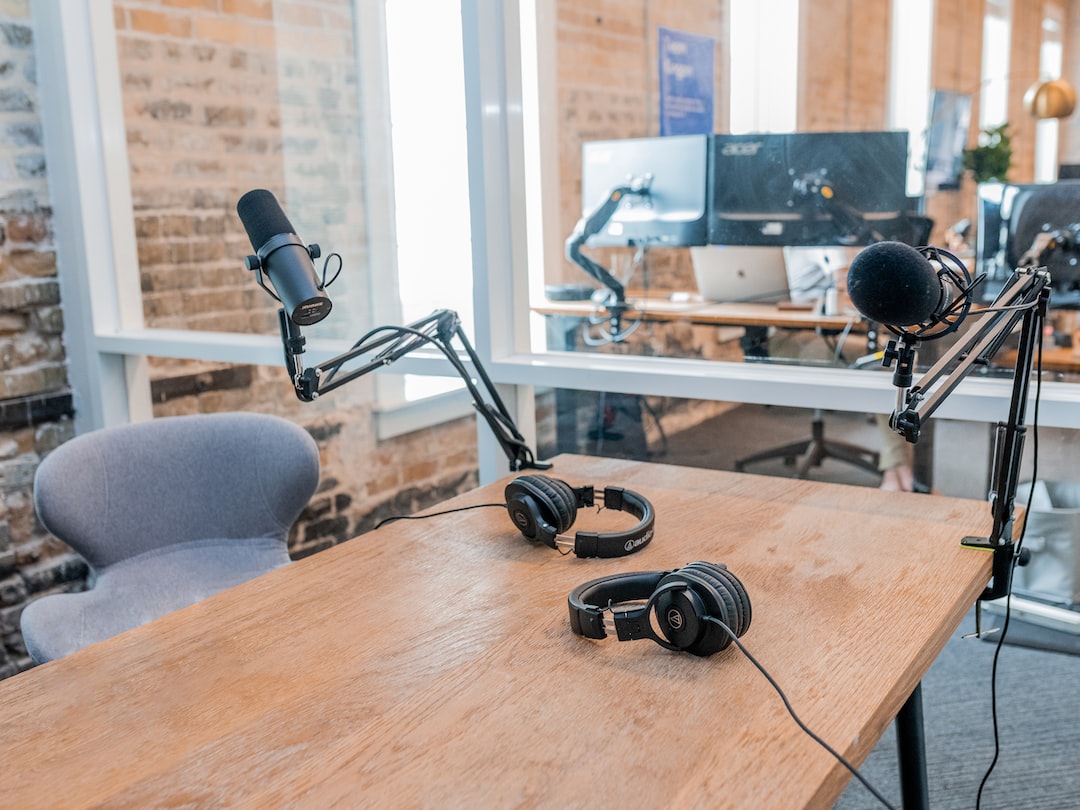Unveiling Media Ownership: Who Controls the Narrative?
In a world inundated with news, information, and entertainment, it is crucial to understand the dynamics of media ownership and its implications for the narratives that shape our societies. Media plays a pivotal role in informing, influencing, and even manipulating public opinion. Therefore, it is of paramount importance to unveil the power dynamics behind the scenes, to shed light on who truly controls the narrative.
Media ownership can be categorized into two main types: traditional and new media. Traditional media refers to newspapers, television, and radio, while new media encompasses online platforms, social media, and streaming services. Both forms have their unique influence, but it is the combination of these mediums under a conglomerate ownership that raises concerns about potential biases and limitations on freedom of expression.
One prominent example of media concentration is the ownership of major newspapers by large corporations. In the United States, for instance, six companies, including News Corp, Comcast, and Disney, control the majority of media outlets. This consolidation of power poses serious questions about the diversity of voices and perspectives that reach the public. When only a handful of corporations hold the key to mass communication, there is a risk of a homogenized narrative that neglects nuanced viewpoints and promotes specific agendas.
Moreover, the influence of owners and advertisers on news production cannot be underestimated. Media companies rely on revenue from advertising, which creates a strong incentive to cater to the interests of advertisers. This pressure from advertisers can influence the content produced, causing the narrative to be skewed in favor of those with significant financial influence. Such commercial interests may lead to the suppression of important stories that might upset advertisers or owners, compromising the media’s role as the Fourth Estate and its ability to act as a watchdog for the public.
The rise of new media platforms has democratized access to information, allowing individuals to become content creators and share their perspectives. However, even online media is not immune to ownership concerns. Platforms like Facebook, Twitter, and Google dominate the digital landscape, controlling the algorithms that determine what content users see. This concentration of power grants these companies the ability to mold and filter information, potentially leading to echo chambers and the reinforcement of existing biases.
Social media platforms also face accusations of facilitating the spread of misinformation, manipulation, and fake news. The algorithms used to prioritize content often prioritize engagement, which favors controversial and sensational content. This raises questions about the responsibility of platform owners to ensure the accuracy and reliability of the information disseminated on their platforms. The recent wave of misinformation and its impact on public opinion has highlighted the need for transparency and accountability in the world of online media ownership.
So, who exactly controls the narrative in the media landscape? The answer is not straightforward; it is a complex interplay of corporate ownership, economic interests, and technological algorithms. Media owners and advertisers undoubtedly hold significant power in shaping the narrative, but the audience also plays a crucial role.
As consumers of media, we have the responsibility to be critical and discerning. We must be aware of the potential biases and limitations inherent in various media outlets. Diversifying our sources of information, seeking out independent voices, and engaging in fact-checking are all essential steps in strengthening media literacy and countering the dominance of a singular narrative.
Furthermore, promoting media ownership regulations that encourage plurality and diversity of voices is imperative. Governments and regulatory bodies must ensure that media ownership is not concentrated in the hands of a few, allowing space for a multitude of perspectives to flourish. This may require implementing stricter antitrust laws to prevent monopolies, supporting independent media outlets, and fostering an environment that encourages citizen journalism.
In conclusion, the ownership of media plays a critical role in determining the narratives that shape societies. Understanding the dynamics behind media ownership is crucial to unveil potential biases and limitations in the information we consume. While conglomerates, advertisers, and algorithms may hold considerable power, it is essential for us as individuals to be critical consumers of media. By diversifying our sources, promoting media literacy, and advocating for a diverse and pluralistic media environment, we can collectively work towards a more informed and democratic society.


